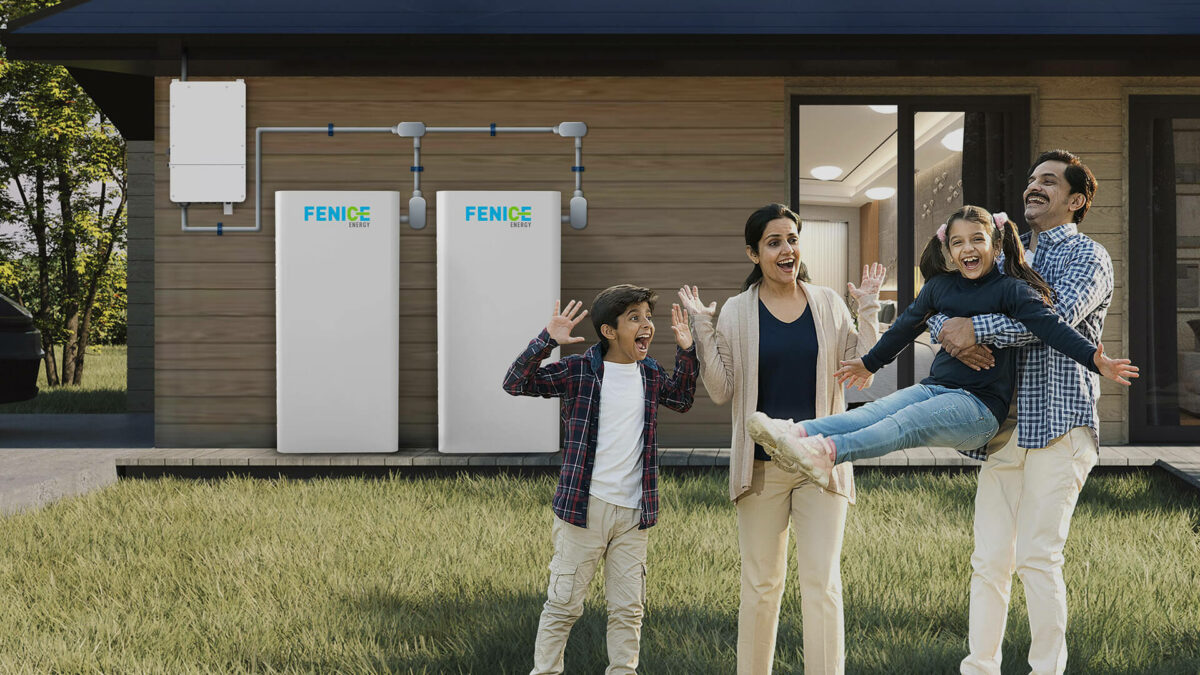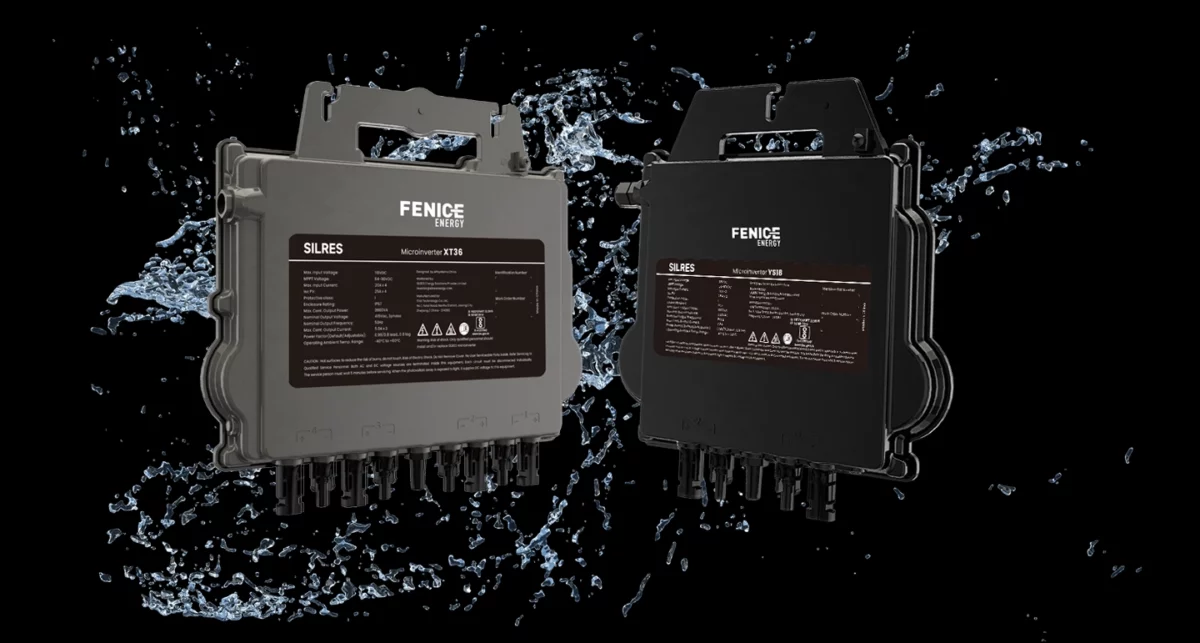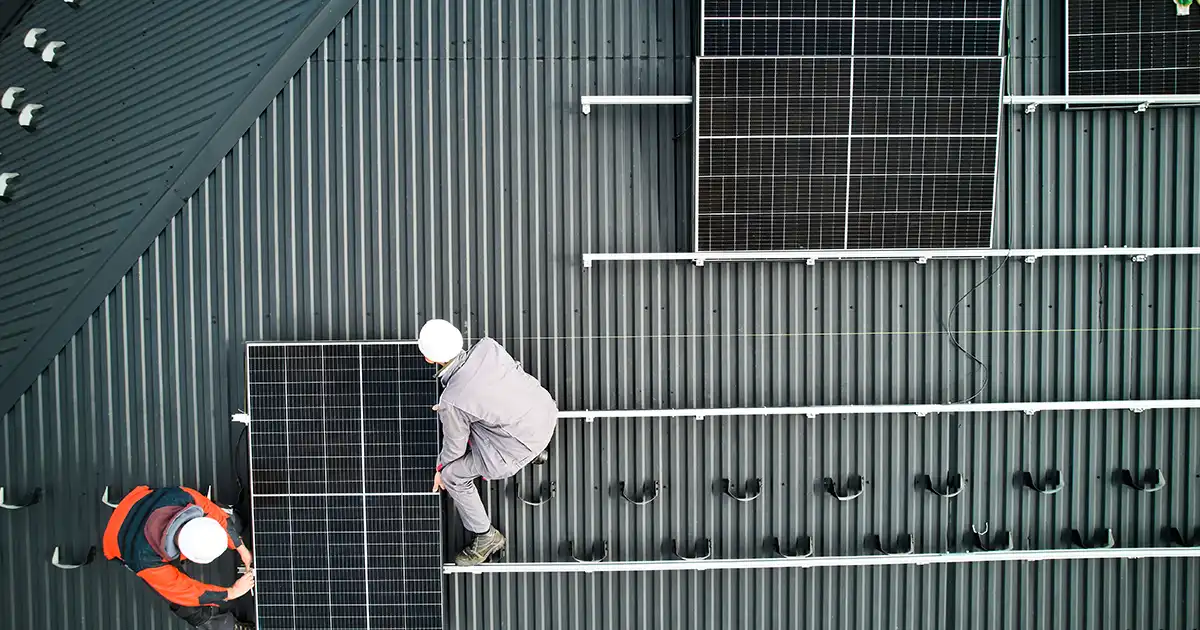Generator vs Lithium Battery for Backup Power Solutions
Introduction:
In the realm of backup power solutions, two contenders stand out – generators and lithium batteries. As we navigate a landscape that increasingly values eco-friendly and efficient alternatives, the choice between these power sources becomes crucial. In this comprehensive guide, we’ll explore the pros and cons of generators and lithium batteries, assessing factors such as energy density, environmental impact, and long-term viability. Whether you’re seeking portable power for camping trips or a reliable backup for your home, this exploration aims to provide clarity in making an informed decision.
Generators: Traditional Powerhouses
Power Outputs and Types:
Generators, available in various types such as gasoline, diesel, natural gas, and propane, offer robust power outputs. They are well-suited for high-demand scenarios, making them ideal for powering homes during grid power outages.
Long-Term Backup Power:
Generators run for extended periods, making them suitable for long-term backup power. With proper maintenance and fuel supply, a generator can serve as a reliable source of electricity during extended grid disruptions.
Eco-Friendly Considerations:
While traditional generators run on fossil fuels, advancements in technology have led to the development of eco-friendly options such as natural gas generators. However, their overall environmental impact remains a consideration.
Lithium Batteries: Modern Marvels of Energy Storage
Energy Density and Efficiency:
Lithium-ion batteries boast high energy density, meaning they can store a substantial amount of energy in a relatively small and lightweight package. This efficiency makes lithium batteries attractive for various applications, including backup power.
Portable Power Solutions:
Lithium batteries shine in terms of portability, making them ideal for portable power solutions. Whether for camping trips or remote locations, lithium batteries offer a convenient and lightweight power source.
Environmentally Friendly Advantages:
Lithium-ion batteries are hailed as environmentally friendly due to their longer lifespan and reduced need for frequent replacements compared to traditional lead-acid batteries. Additionally, they don’t produce emissions during use.
Pros and Cons Comparison
Generator Battery vs. Lithium Battery:
Pros of Generator Batteries:
Well-established technology.
High power output for prolonged periods.
Suitable for long-term backup power.
Cons of Generator Batteries:
Reliance on fossil fuels.
Noise and emissions.
Maintenance requirements.
Pros of Lithium Batteries:
High energy density.
Lightweight and portable.
Environmentally friendly.
Cons of Lithium Batteries:
Higher upfront cost.
Limited power output for extended durations.
Requires electronic management for optimal performance.
Backup Power Considerations:
Energy Storage:
Generators excel in storing large amounts of energy for extended periods.
Lithium batteries are ideal for short bursts of high energy demand, making them suitable for intermittent power needs.
Environmental Impact:
Generators, particularly those running on fossil fuels, have a higher environmental impact.
Lithium batteries are considered more environmentally friendly, especially in terms of reduced emissions and longer lifespan.
Making an Informed Choice
Assessing Specific Needs:
Consider the duration and frequency of backup power needs.
Evaluate the portability requirements for your power solution.
Environmental Considerations:
Reflect on the eco-friendly aspects of each option.
Weigh the carbon footprint and emissions associated with each power source.
Budget and Long-Term Investment:
Evaluate the upfront cost and long-term investment of each solution.
Consider the maintenance costs and requirements associated with generators and lithium batteries.
Conclusion
Choosing between generators and lithium batteries for backup power solutions involves weighing multiple factors, from power outputs and environmental impact to long-term viability. Whether you’re seeking a reliable home backup or a portable power solution for outdoor adventures, understanding the pros and cons of generators and lithium batteries empowers you to make an informed decision. As technology continues to advance, the power landscape evolves, and the choice between traditional powerhouses and modern marvels becomes increasingly nuanced.














